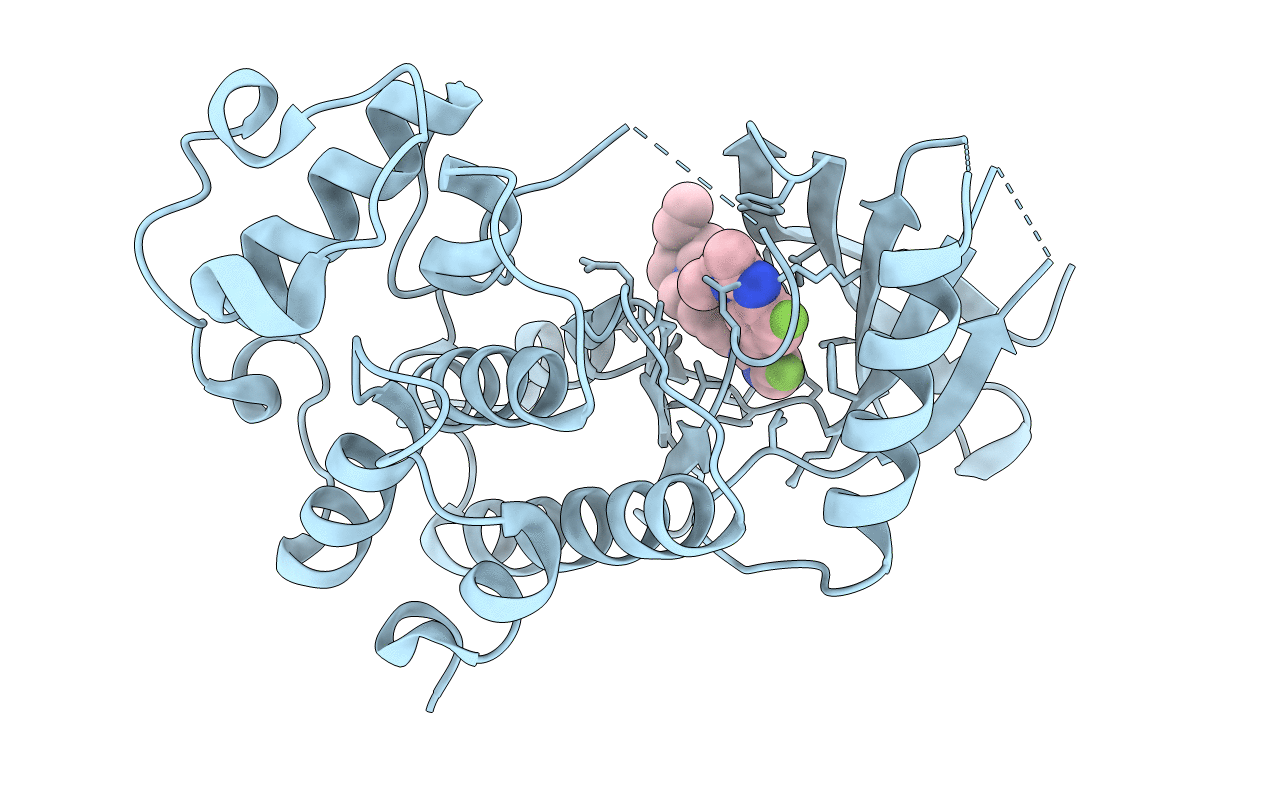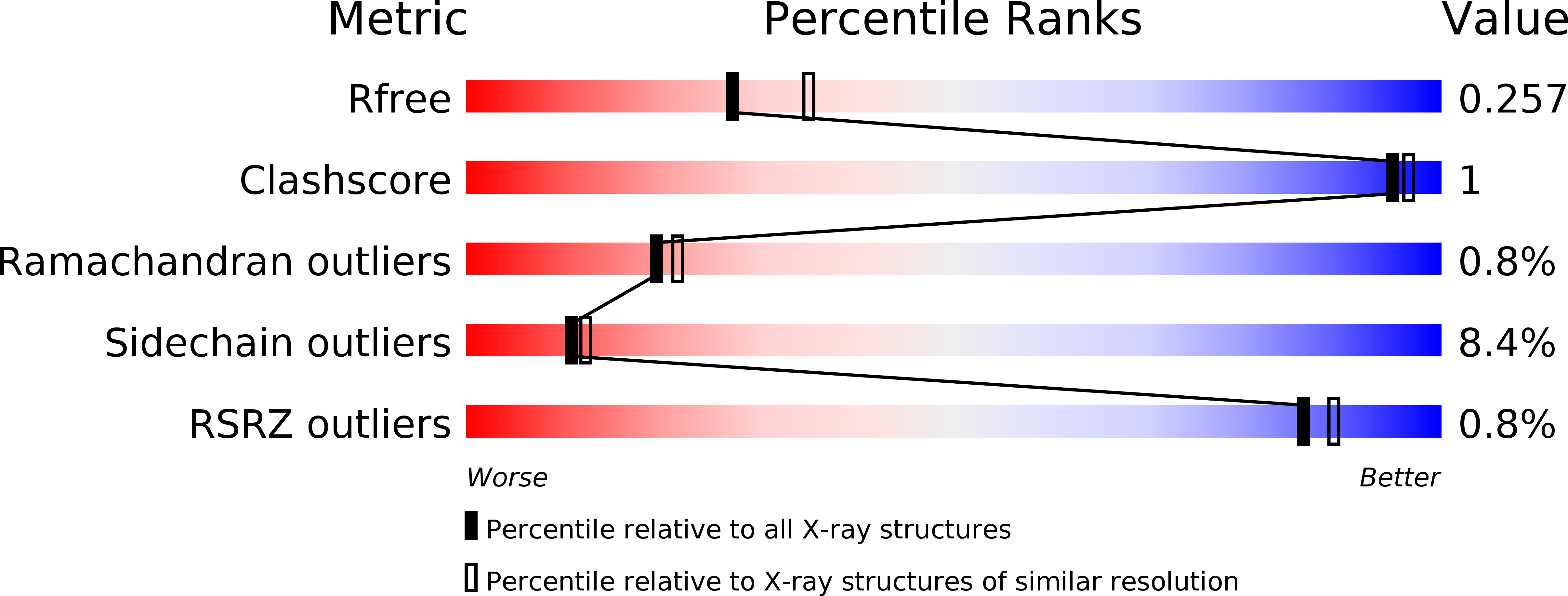
Deposition Date
2016-08-02
Release Date
2016-08-24
Last Version Date
2024-03-06
Entry Detail
PDB ID:
5L2S
Keywords:
Title:
The X-ray co-crystal structure of human CDK6 and Abemaciclib.
Biological Source:
Source Organism:
Homo sapiens (Taxon ID: 9606)
Host Organism:
Method Details:
Experimental Method:
Resolution:
2.27 Å
R-Value Free:
0.24
R-Value Work:
0.20
R-Value Observed:
0.20
Space Group:
I 4


